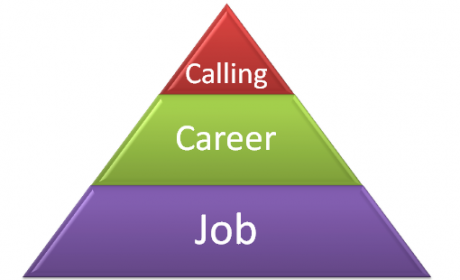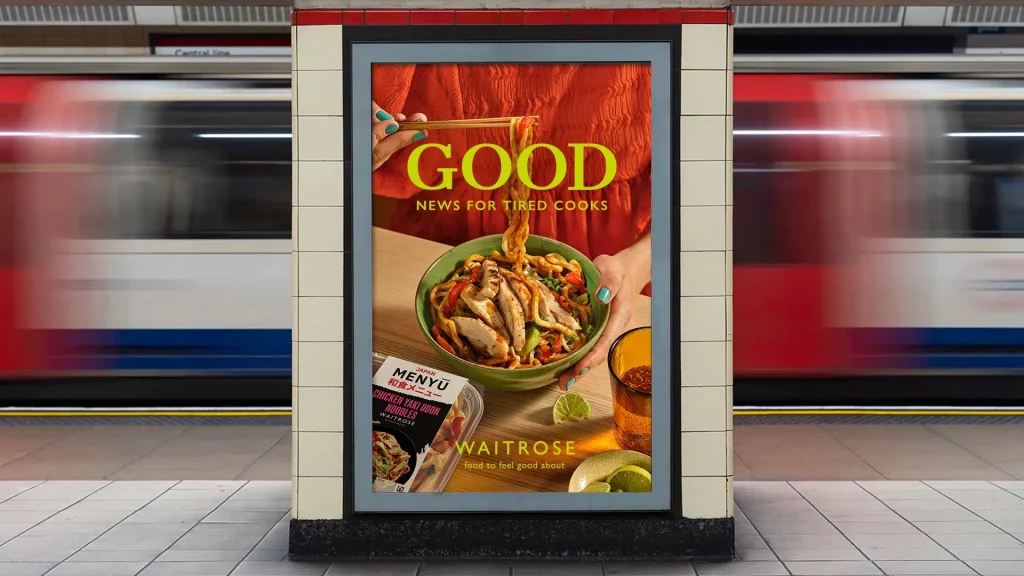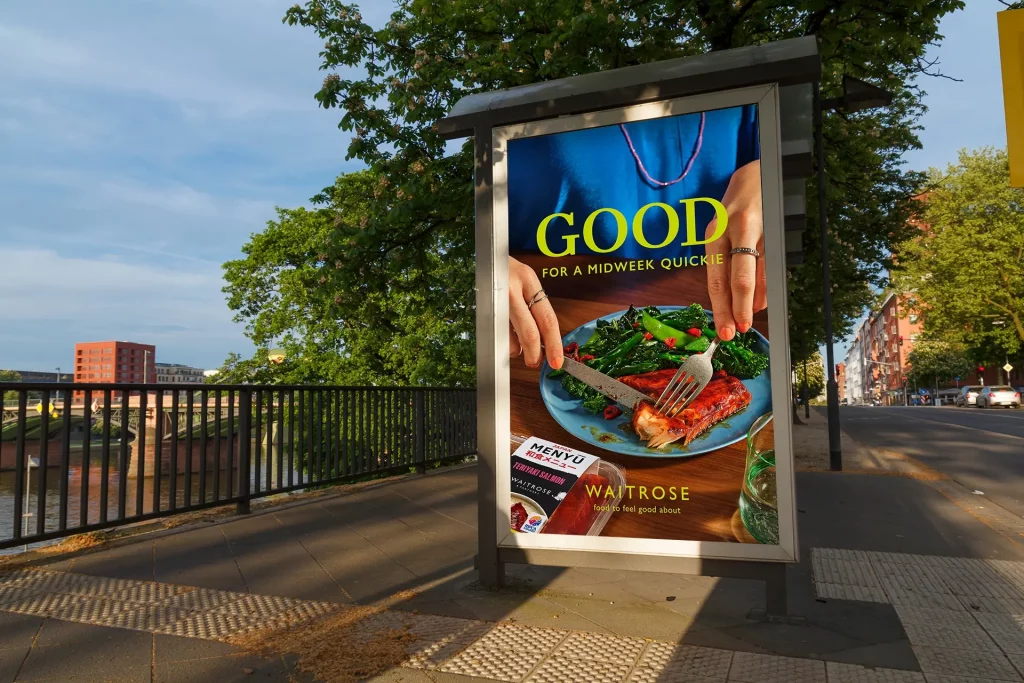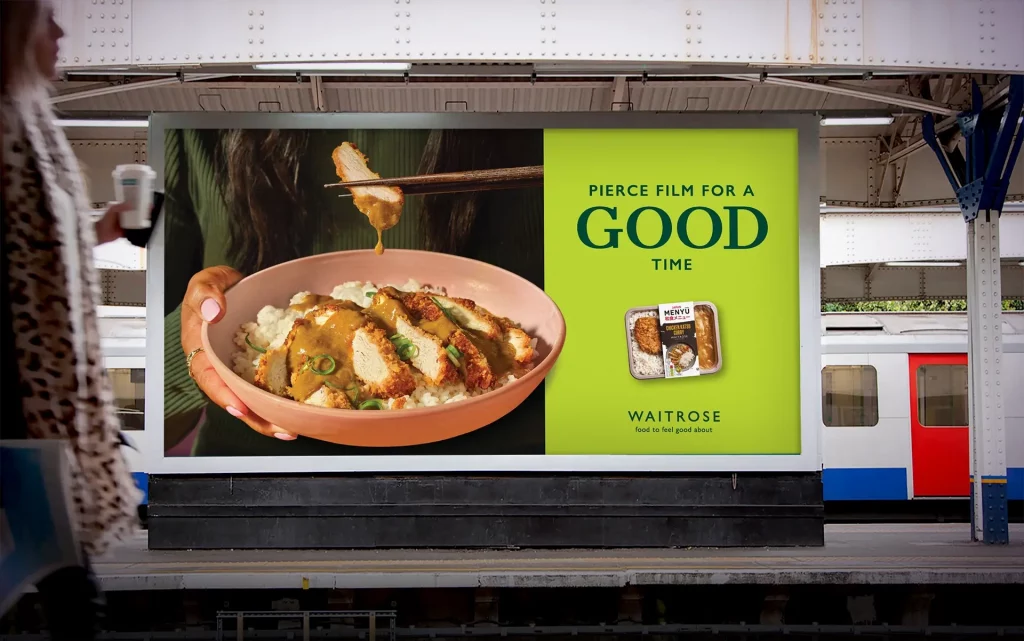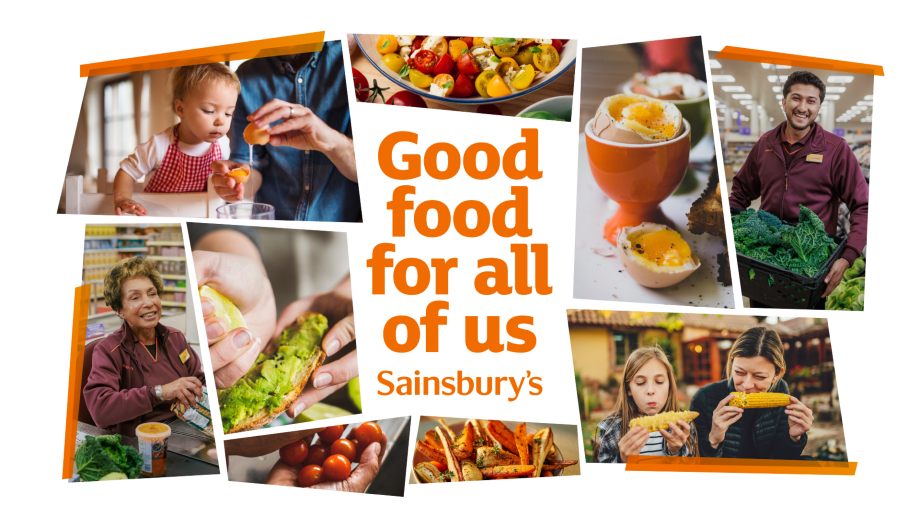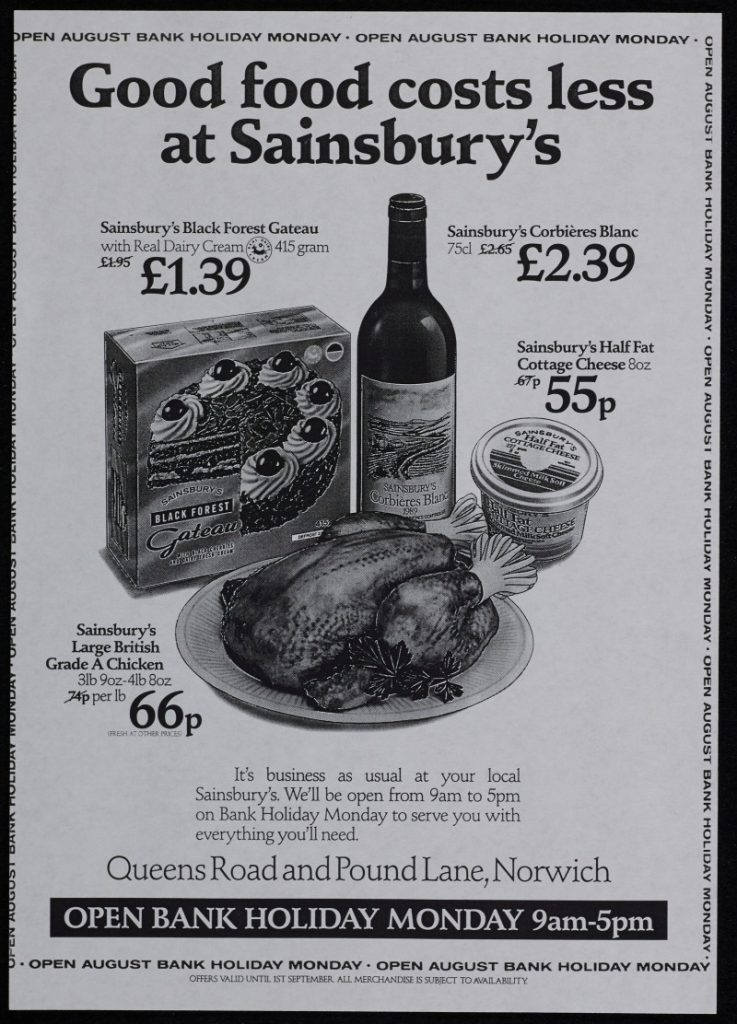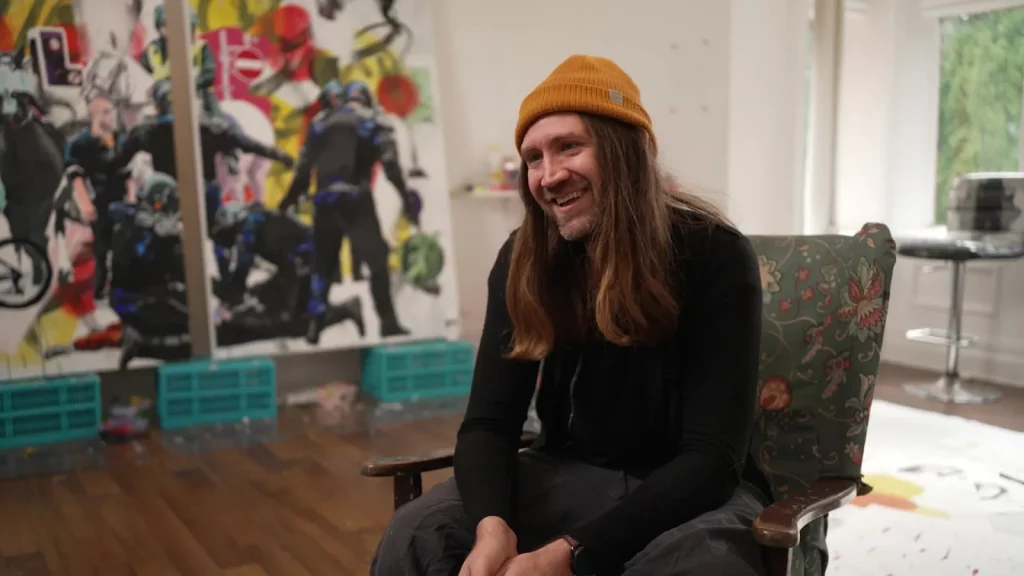Patrick Collister by Nick Bell
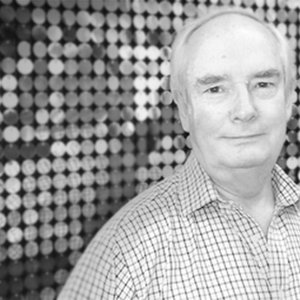
Every now and again people ask me if they can write a post for the blog. Usually it’s because they would like to say something to a slightly larger audience than LinkedIn might offer. In this case, that makes complete sense.
Nick Bell, Cannes Grand Prix winner when it was much harder to do, feels quite rightly that the official end to Patrick Collister’s career should not pass without some sort of substantial recognition of who he was/is and what he did for the UK ad industry.
I entirely agree. I have been fortunate enough to find myself in Patrick’s orbit on several occasions. The first was when I was back at Watford College and he was in charge at Ogilvy. He set us a brief then generously hosted the entire course as we presented our work to him. The next time was a few years later when he ran a kind of career course from his country house. All the AMV BBDO creative juniors attended, and I still remember substantial parts of what he said over 25 years later. Most recently he asked me to judge the Caples awards, and was again a most generous, wise and committed organiser of the judges’ diverse opinions.
I’m leaving out a tonne of stuff about his brilliant work (which you can find here), but without further ado, I’d like to hand you over to Nick, who has written a far better tribute than I ever could…
A few days ago, I saw a post on LinkedIn from Patrick Collister.
It featured a photo of Patrick’s old zip-up portfolio and some of his awards on a skip.
Alongside this photo, Patrick said goodbye to his advertising career.
I started to write a ‘comment’ but soon realised it would be a hell of a long one.
So thank you, Ben, for posting this on your blog.
Patrick, my apologies for being late to the party but I want to add my name to the considerable list of those whose lives you have touched in significant ways.
When I were a young lad writing mailers for Maxpax (remember them?) and Rank Xerox for £4k a year at Wunderman Direct Marketing, I dreamed of writing great ads.
Luckily for me, a stairway at Greater London House took me directly to the Young & Rubicam creative department where I befriended some of the young creatives (Paul Burke, Dave Bell, step forward) and sought help to improve my impoverished portfolio.
I’ve never forgotten that the person who gave me most time and help was more senior and established.
I had been set a brief for Mother’s Pride bread by Nick Wray at GGT and you agreed to look at my work.
Because Mother’s Pride was a wrapped loaf, I had chosen a strategy of hygiene.
‘Hands up all those who like to squeeze a loaf before they buy it’ accompanied by a visual of lots of grubby raised hands was one of my offerings.
You helped me improve my work.
‘How many germs come with the wheatgerm?’ you wrote.
And then one day you asked me to pop up to see you.
You had an idea about the young Jackie and Bobby Charlton playing football in the back streets of Ashington then hungrily devouring a tea of sandwiches made with Mother’s Pride.
Your thought was ‘Millions of little Britons grow up great with Mother’s Pride’.
I was amazed and humbled too that you had carried on thinking about my brief when you already carried a lot of your own responsibility at Y&R.
And in that moment also, you taught me the power of the emotional over the purely rational.
You set me briefs yourself.
Y&R held the Royal Marines account and you gave me the brief to write a double page colour magazine ad recruiting for the elite Marines.
I was nervous as hell.
I wrote dozens of ideas – most of them useless, I’m sure.
But when I showed you my efforts, your eyes lit up at one.
I’d read an article which suggested that, such was the rivalry between the Parachute Regiment (the Paratroopers) and The Royal Marines, the real Falklands War took place on the ships to the islands.
I’d scamped a long copy ad consisting of mugshots of Paratroopers with quotes from them testifying to the pre-eminence of the Marines.
The headline I’d written was ‘A few Paras on what it takes to be a Royal Marine’.
You couldn’t have been more generous in your praise of the ad.
You championed it.
You showed it around Y&R.
I even tasted a couple of weeks of minor celebrity as I heard a whisper in the agency bar – ‘That’s the kid who wrote the Royal Marines ad’.
And you presented the ad to the Royal Marines client.
You probably didn’t realise what this experience meant to me.
Or the belief it filled me with.
Just a couple of years ago, you emailed me.
You had been rooting through your loft and had come across a yellowing copy of the original layout.
You told me that had the client had the balls to run the ad, I would have picked up my first Campaign Press awards.
Sometime after I moved on from Greater London House, I saw an ad campaign on telly.
It featured little boys and girls eating Heinz Baked Beans and growing up to be Ian Botham and Steve Davis amongst others.
And sure enough, the campaign line was ‘Millions of little Britons have grown up great knowing Beanz Meanz Heinz’.
Clever you!
But then your cleverness was seldom in doubt.
‘Accrington Stanley’. ‘The French adore Le Piat d’Or’.
You’ve written some great work, Patrick.
We have always stayed in touch throughout the years.
You were kind enough to invite me at one stage to join you at Ogilvy where you were ECD.
I would have loved that but the timing wasn’t right for me.
And then, irony of ironies, in 2003 you and I were the last two candidates vying to be elected President of D&AD.
A vote was to be held amongst our peers in the industry and so I was surprised to receive a letter from you a few days ahead of the vote congratulating me on being elected and telling me what a good President I would make.
It was a classy and generous gesture in an industry not always distinguished by class and generosity.
It was also typical of you.
(I have the email you sent me when you had seen the NHS recruitment film I wrote.)
In your post, you mention the Sigmoid Curve and the need to keep reinventing yourself.
I’m currently and excitedly on that curve so if you fancy that coffee or beer we’re overdue, it’d be great to see you and to natter.
In the meantime, all the very best Patrick.
Besides writing wonderful advertising throughout your career, the sheer weight of generous, admiring and loving comments in response to your post testifies to your selflessness and quality.
Nick.
